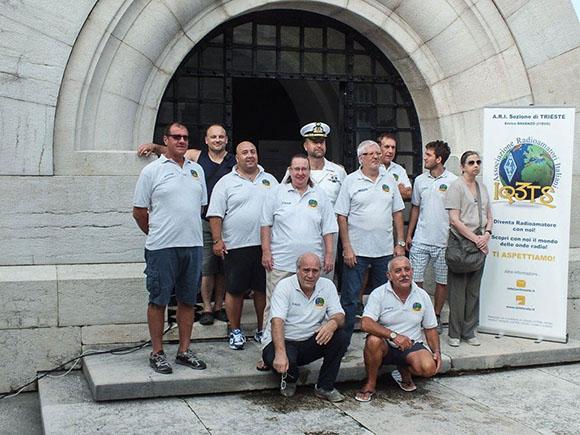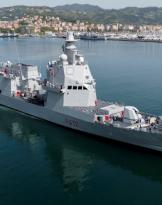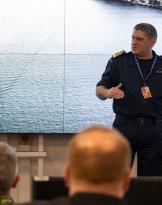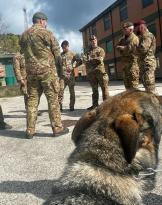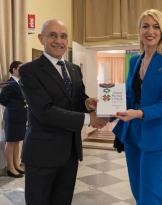During the weekend of 20 and 21 August, the 19th edition of theInternational Lighthouse / Lightship Weekend, an amateur radio event of international significance which once again this year saw a prestigious site of the Navy, the Victory Lighthouse in Trieste, as protagonist.
The demonstration stems from a historic decision by the US government, which declared the 7 day of North American lighthouses a few decades ago.
In the 1998, therefore, on the initiative of two Scottish amateur radio operators, the first edition took place, in which amateur radio took part in ninety-five countries. Since then the event takes place annually every third weekend of August.
The appointment is particularly felt by the many radio amateurs who operate or have worked as radio operators in both the Navy and the Merchant Navy, and it is an opportunity for the youngest to try their hand at telegraph. The radio spirit therefore joins the seafaring brotherhood, creating a liveliness in the ether that attracts thousands of radio amateurs from all over the world and of all ages. Morse code has not been used since 2005 but remains a communication method capable of transmitting information that often normal voice, or voice, is unable to reach long distances. In fact, its characteristic tone is much more effective and is often decisive in connections where it is difficult to hear the voice of one's correspondent.
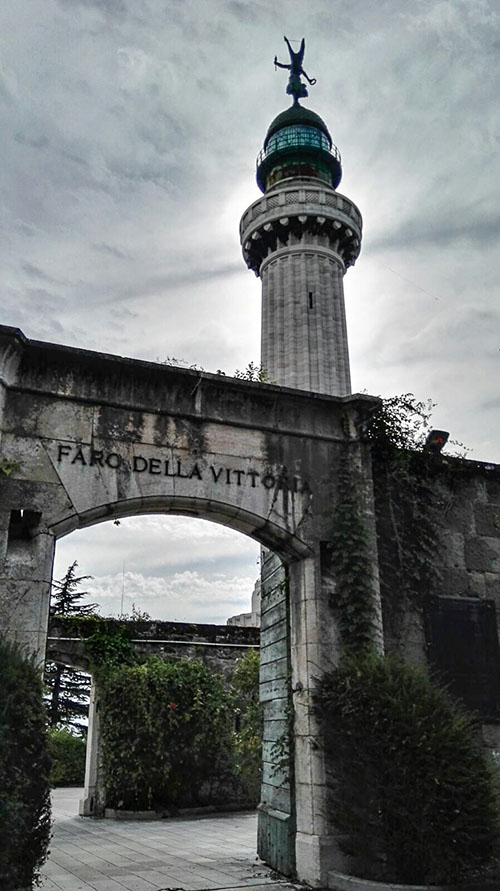
During the event, the section of the local Italian Radio Amateurs Association together with the president, Luigi Popovic, activated a radio station in which various operators took turns making about seven hundred connections, in voice, telegraphy and in the digital modes used by radio amateurs . Among these, about a hundred stations were installed on lighthouses or light ships.
Some of these connections were made by Lieutenant Stefano Fonda, an officer serving at the Command in Chief of the Naval Squad. Radio amateur and member of the Italian Radio Amateur Sailors Association, he had the opportunity to try his hand at a respectable radio station: a powerful HF transceiver coupled to a wire antenna of over 40 meters, installed outside the structure in an almost optimal condition .
In addition to guiding night navigation in the Gulf of Trieste, the lighthouse has always attracted numerous visitors also for its symbolic value: it was built in memory of the sailors who fell in the First World War.
Built between January 15, 1923 and May 24, 1927 by the Trieste architect Arduino Berlam, it stands on a hillock 60 meters above sea level on the ancient structures of the Austrian fort Kressich, dating back to 1854. The base of the structure is made of stones coming from Istria and the Karst. The bronze statue of the winged Victory, the bronze and crystal cage that houses the lantern-lighthouse and the statue of the sailor on the upper part of the lighthouse, are the work of the Trieste sculptor Giovanni Mayer.
In a world where satellites and telematic communications now have the upper hand in our daily life, the passion for short wave radio and telecommunications retains a particular charm and the periodic event - the activation of amateur radio stations from the headlights - attracts enthusiasts from all over the world. The special call sign IQ3TS / LH traveled in the ether for many hours introducing the Victory Lighthouse to the many radio amateurs who spent the weekend looking for these rare activations.

